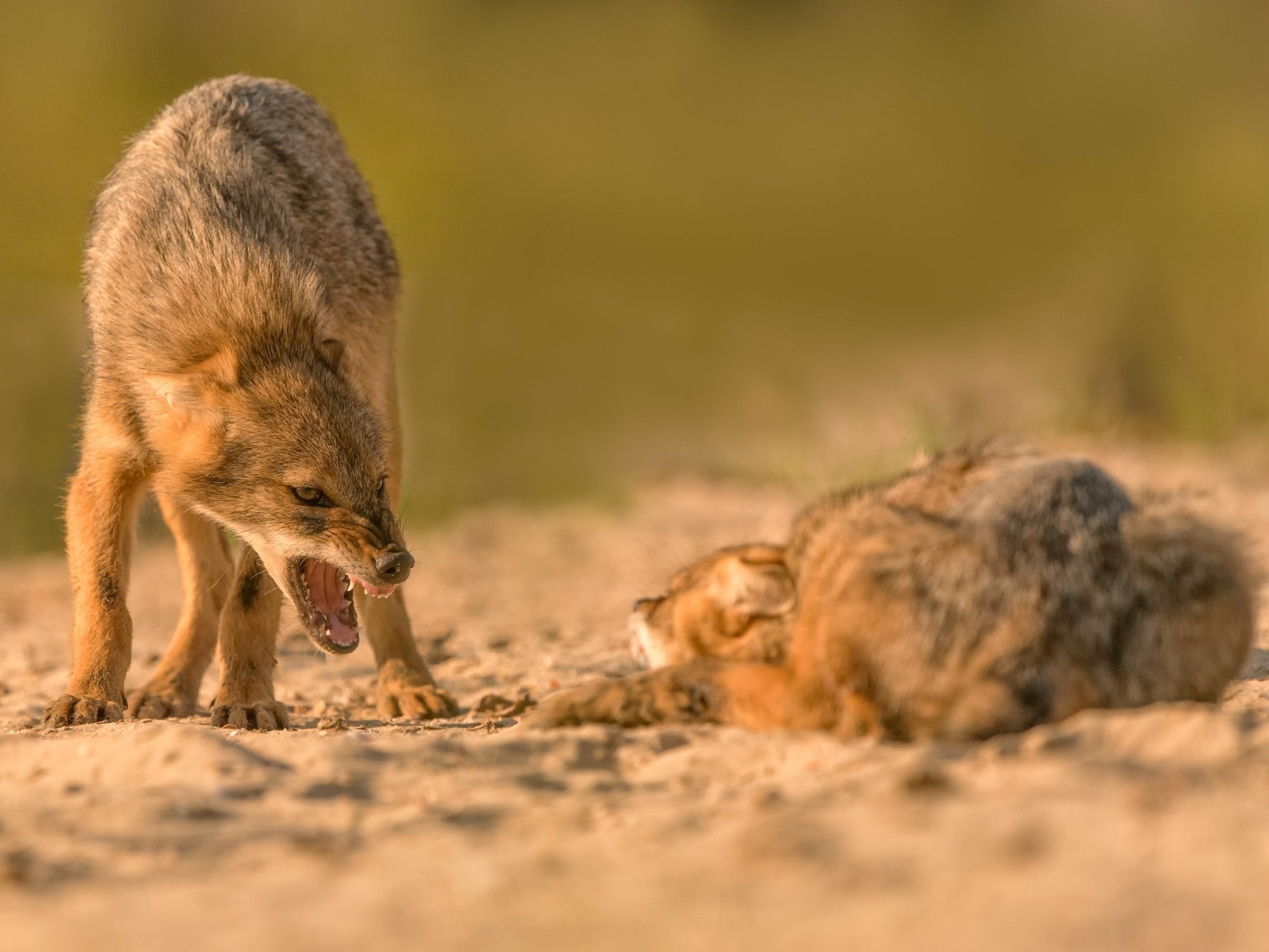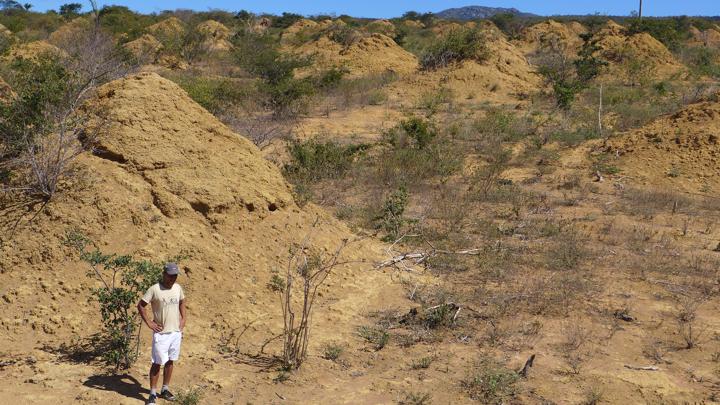Nature's Human Health Formula
"[There is no one 'true' diet for humans, who] can be very healthy on a wide range of diets."
"We know that because we see a wide range of diets in these very healthy [hunter-gatherer] populations."
"Our whole species has evolved from hunter-gatherer communities. We
were hunting and gathering before we were us, and if you want to
understand how our physiology works it is important to understand
hunting and gathering and how it affects our bodies and health."
"If you go live with hunter-gatherers, the thing you’re overwhelmed by
is how active they are. You are on your feet all day
moving — you don’t have the luxury to be lazy, and that impressed me a
lot."
Herman Pontzer, professor, Evolutionary Anthropology, Duke University, North Carolina
 |
| A Tsimane member. Image credits: jambogyuri. |
"They [Indigenous Bolivian population] changed from their traditional diet to eating in town where everything is fried."
"They started eating fried chicken and rice and drinking Coca-Cola. Some of these folks can see a pretty rapid change in health."
Michael Gurven, anthropologist, University of California, Santa Barbara
"Close friendships and family bonds, low levels of social and economic
inequality and lots of time spent outdoors are typical in
hunter‐gatherer populations and other small‐scale societies."
"The absence of these in modern societies is associated with
chronic social stress and a range of non‐communicable diseases,
including metabolic disease and obesity. As we work to understand the
evolutionary roots of modern disease, we should strive for a more
integrative and holistic understanding of lifestyle and health among
hunter‐gatherers today and in our collective past."
"Exercise may also help to regulate appetite, improving the balance
between energy expenditure and intake and exercise has been shown to
help maintain weight loss. The regulatory effects of
exercise warrant further attention."
Study on diets of hunter-gatherer societies, published in the journal Obesity Reviews
 |
| Hazda Hunters, northern Tanzania |
Diets, habits and physical activity levels of modern hunter-gatherer groups with lifestyles very like those of ancient populations took the attention of a research group whose findings were recently published in the journal
Obesity Reviews. The major takeaway of the research was that in reviewing these small-scale societies all appear to exhibit generally good metabolic health, although their diets varied widely. Their diets, understandably, were represented largely by what was available to them given their geographic location and their cultural habitude in hunting and gathering.
Some of these tribes obtained around 80 percent of their calories from carbohydrates while others consumed mostly meat, yet almost all eat a mix of meat, fish and plants, foods packed with vital nutrients. On the other hand, fiber is a mainstay of these diets -- derived from carbohydrates stemming from consumption of vegetables and starchy plants with a low glycemic index -- not leading to rapid blood sugar spikes. Sugar remains a part of their diets, derived from gathering honey.
One other thing distinguishes them from modern society and which they all held in common; physical action where many of these tribespeople walk up to eight to sixteen kilometers each day. Peculiarly enough, the study found no higher energy expenditure levels than those expended by the average modern-day office worker, suggesting that exercise be recommended by health authorities on the basis of improving metabolic health -- not necessarily as an antidote to obesity through calorie-burning.
Healthwise, what sets these modern hunter-gatherers apart from their modern, cosmopolitan counterparts is a relative absence of chronic conditions such as heart disease, hypertension and cancer, as well as having lower obesity rates. They exhibit quite high levels of cardiorespiratory fitness, even as they age, and Type 2 diabetes and metabolic dysfunction are conditions that are rare among these populations.
On the other hand, infant mortality rates, led by infectious diseases tends to be high and deaths occasioned by accidents, gastrointestinal illness and acute infections are commonplace, yet those who survive to adulthood reach their elder years fairly free from degenerative diseases of a type that are recognized as 'normal' in industrialized nations. In the hunter-gatherer groups, people tend to remain fit and active until death.
Studies indicate that when people of hunter-gatherer societies move to urban centres, adopting lifestyles so unlike their own, high rates of obesity and metabolic disease arise among them. Dr. Gurven from the University of California, researches the Tsimane in Bolivia -- a group with a subsistence lifestyle of hunting, gathering, fishing and farming -- studying them extensively and publishing detailed reports relating to their exceptional cardiovascular health and lack of diabetes.
However, among those he studies have been some who have left their villages to move to the town of San Burja located nearby, to take up sedentary office occupations, and in the process surrender their traditional diet. That alteration in lifestyle results in health-deleterious effects that erode their fine health condition so common in their traditional diet and lifestyle.
Dr. Pontzer and colleagues used data collected from the Hadza, a community commonly spending their time hunting and foraging in northern Tanzania, a reflection of how their ancestors lived for tens of thousands of years, consuming what is familiarly spoken of as
"the oldest diet", relying on a limited number of foods whose lack of novelty and variety in such diets may explain why they tend not to overeat and become obese.
The greater the variety of food choices in modern society, the longer it appears, before people experience that 'full' feeling, a sensation understood as 'sensory specific satiety'.
"It's the reason you always have room for dessert at a restaurant even when you're full", explained Dr. Pontzer.
"Even though you've had a savoury meal and you can't eat one more bite of steak, you're still interested in the cheesecake because it's sweet and that button hasn't been worn out in your brain yet."
 |
| Foods rich in fibers are a staple of a healthy diet. This was one of the
very few similarities across all investigated diets. Image credits:
Keith Weller, USDA. |
Labels: Anthropology, Bioscience, culture, Diet, Exercise, Health, Hunter-Gatherers, Research
/arc-anglerfish-tgam-prod-tgam.s3.amazonaws.com/public/YIT7YB7M3NBC5FAWEFSOJL2KOA.jpg)


:max_bytes(150000):strip_icc()/482184469-56a794763df78cf772975392.jpg)
:max_bytes(150000):strip_icc()/156615494-56a794735f9b58b7d0ebdfae.jpg)
:max_bytes(150000):strip_icc()/CC0258-001-56a7946d3df78cf772975339.jpg)
:max_bytes(150000):strip_icc()/GettyImages-56466229-56ff55b35f9b5861951dfbae.jpg)










/https://www.thestar.com/content/dam/thestar/life/health_wellness/2013/10/04/i_told_my_mom_that_i_wanted_to_be_a_girl/danielle.jpg)















